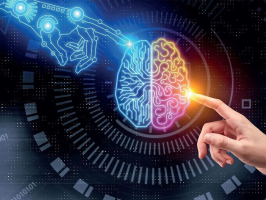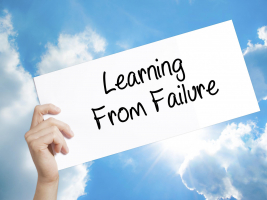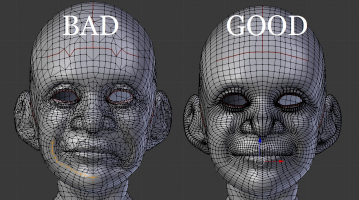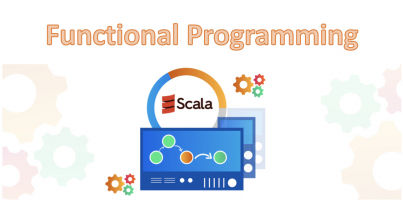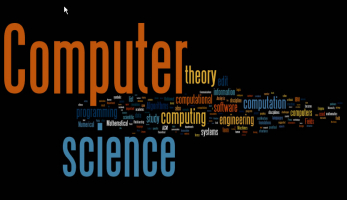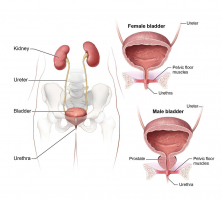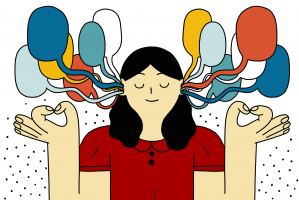Top 10 Best Books On Deep Learning
Deep Learning is a subclass of AI that instructs a computer to do categorization tasks directly from texts, images, or sounds. Deep Learning is also a subset ... read more...of Machine Learning. It is one of the most prominent AI areas, allowing you to create multi-layered models of different complexity. Understanding Deep Learning is simple if you understand Machine Learning. Knowledge of Linear Algebra, Calculus, Probability, Programming Language, and Statistics is advantageous. We have compiled a collection of the best books on deep learning that will help you comprehend Deep Learning. This collection includes both essential Deep Learning Books and those that are relevant to your field of study.
-
Ian Goodfellow is a Google Research Scientist. Yoshua Bengio is a computer science professor at the Université de Montréal. Aaron Courville is a computer science assistant professor at the Université de Montréal.
Deep learning is a type of machine learning that allows computers to learn from experience and comprehend the world in terms of a concept hierarchy. Because the computer learns via experience, a human computer operator is not required to expressly specify all of the knowledge that the computer requires. The concept hierarchy enables the computer to learn complex concepts by constructing them from smaller ones; a graph of these hierarchies would be many layers thick. Deep Learning covers a wide spectrum of deep learning topics.
The text provides a mathematical and conceptual foundation, covering topics such as linear algebra, probability theory and information theory, numerical computation, and machine learning. It describes deep learning techniques used by industry practitioners, such as deep feedforward networks, regularization, optimization algorithms, convolutional networks, sequence modeling, and practical methodology; and it surveys applications such as natural language processing, speech recognition, computer vision, online recommendation systems, bioinformatics, and videogames. Finally, the book provides theoretical perspectives on linear factor models, autoencoders, representation learning, structured probabilistic models, Monte Carlo methods, the partition function, approximation inference, and deep generative models.
Undergraduate and graduate students pursuing jobs in industry or research, as well as software developers interested in incorporating deep learning into their products or platforms, can benefit from deep learning. A website provides additional material for both readers and instructors.
Author: Ian Goodfellow, Yoshua Bengio and Aaron Courville
Link to buy: https://www.amazon.com/dp/0262035618
Ratings: 4.4 out of 5 stars (from 1816 reviews)
Best Sellers Rank: #23,211 in Books
#5 in Artificial Intelligence (Books)
#17 in Artificial Intelligence & Semantics
#23 in Computer Hacking
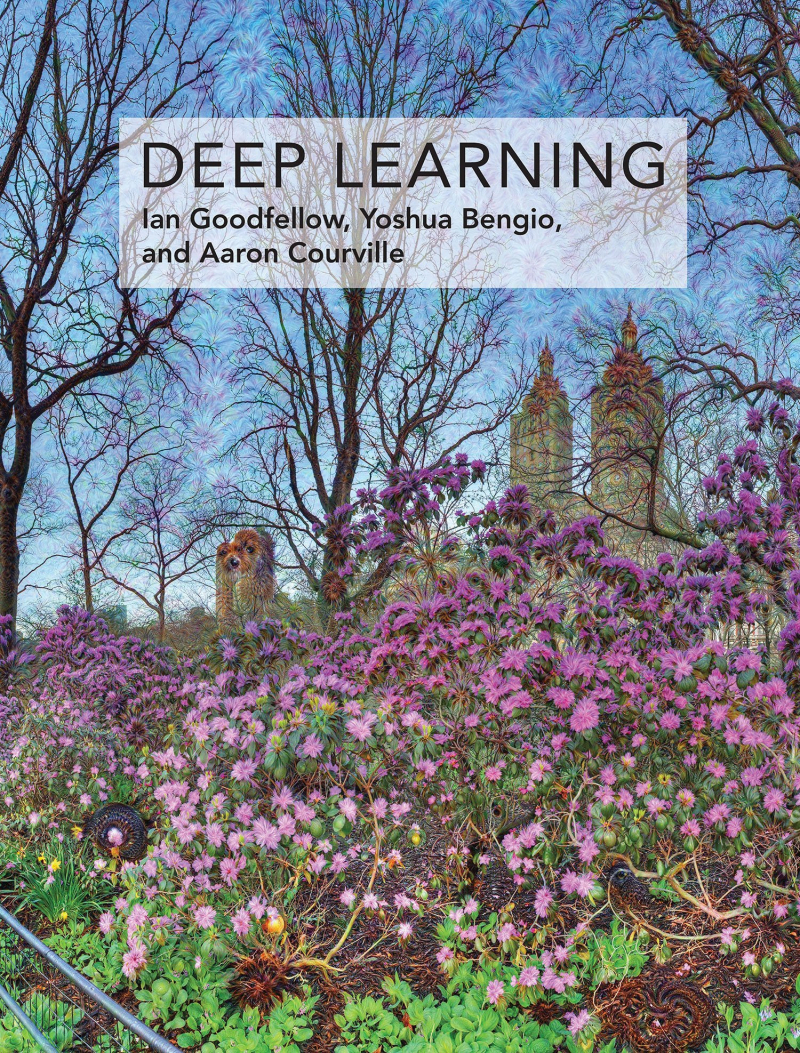
https://www.amazon.com/ 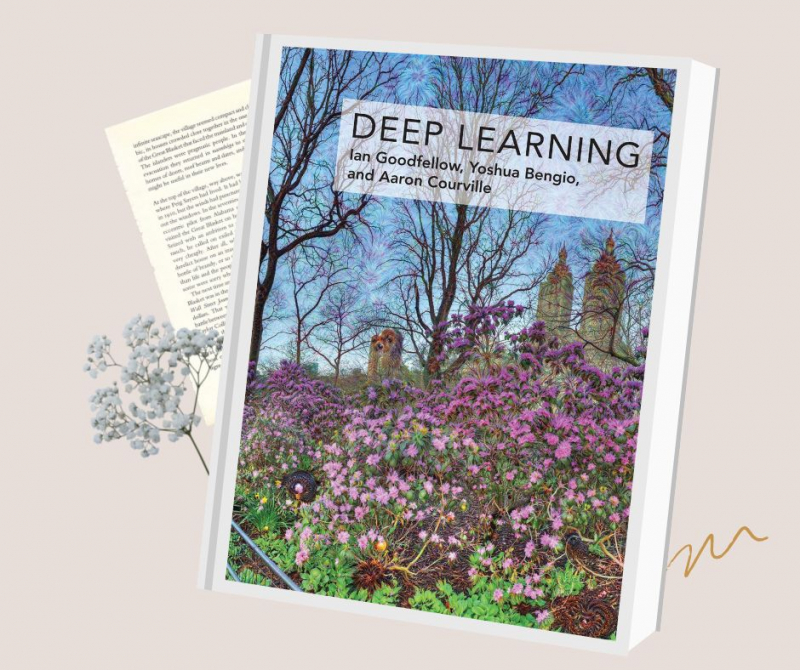
https://www.amazon.com/ -
François Chollet is a deep learning researcher at Google in Mountain View, California. He created the Keras deep-learning library and contributed to the Tensor Flow machine-learning framework. He also does deep-learning research, with a particular interest in computer vision and the application of machine learning to formal reasoning.
Among the best books on deep learning, Deep Learning with Python delves into the area of deep learning by utilizing the Python programming language and the sophisticated Keras package. This book, written by Keras founder and Google AI researcher François Chollet, will help you comprehend the technology with clear explanations and practical examples. You'll learn difficult concepts and use them in computer vision, natural-language processing, and generative models. By the end, you'll have the knowledge and hands-on experience to apply deep learning to your own projects.
What's on the Inside:
- Deep understanding based on first principles
- Image-classification models in your own deep-learning environment
- Text and sequence deep learning
- Image generation, text generation, and neural style transfer
Author: Francois Chollet
Link to buy: https://www.amazon.com/dp/1617294438
Ratings: 4.6 out of 5 stars (from 1309 reviews)
Best Sellers Rank: #70,680 in Books
#5 in Speech & Audio Processing
#11 in Online Internet Searching
#18 in Computer Neural Networks
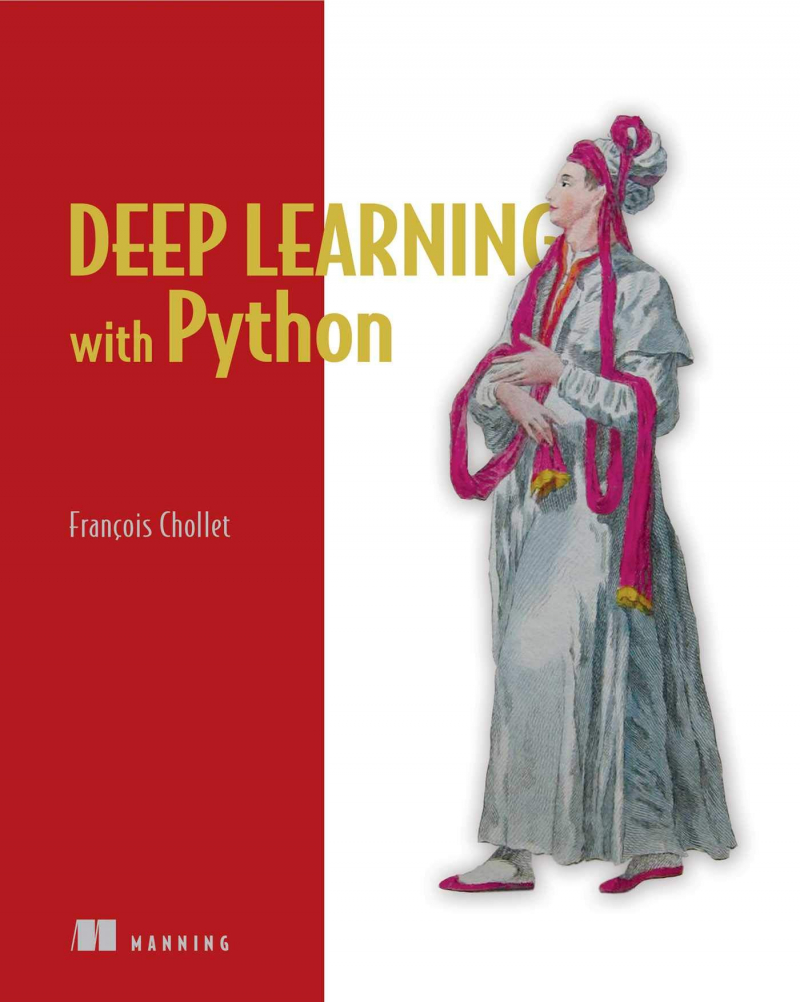
https://www.amazon.com/ 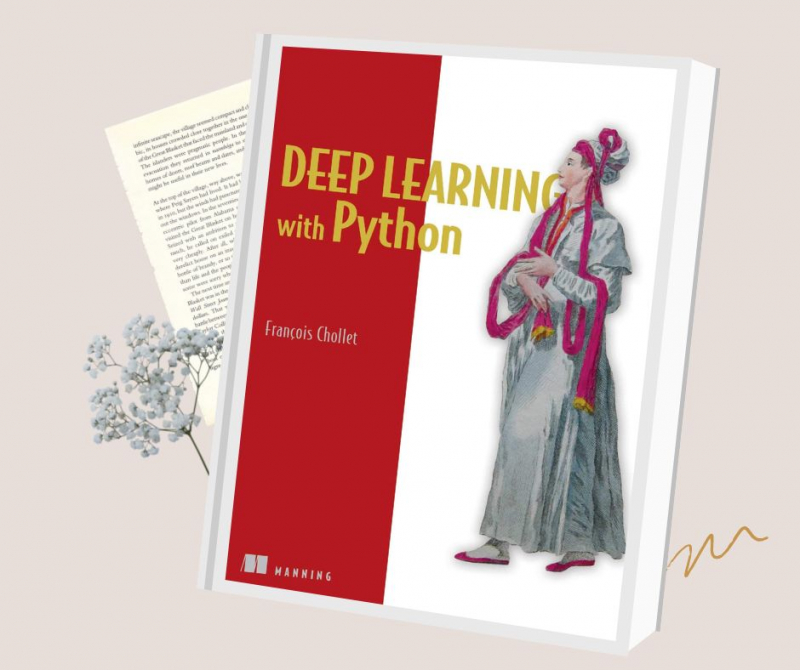
https://www.amazon.com/ -
Aurélien Géron is a machine learning trainer and consultant. From 2013 to 2016, he led YouTube's video classification team as a former Googler. From 2002 until 2012, he was also the founder and CTO of Wifirst (a leading Wireless ISP in France), as well as the founder and CTO of two consulting firms, Polyconseil (telecom, media, and strategy) and Kiwisoft (machine learning and data privacy).
Deep learning has enhanced the entire area of machine learning with a succession of recent advancements. Even programmers with little knowledge of this technology can now utilize simple, efficient tools to create data-driven apps. Hands-On Machine Learning with Scikit-Learn, Keras, and TensorFlow will show you how.
Author Aurélien Géron helps you obtain an intuitive knowledge of the principles and tools for building intelligent systems by using straightforward examples, minimal theory, and two production-ready Python frameworks—Scikit-Learn and Tensor Flow. You'll study a variety of strategies, beginning with simple linear regression and working your way up to deep neural networks. With exercises in each chapter to help you apply what you've learned, all you need to get started is some programming expertise.
- Investigate the landscape of machine learning, particularly neural networks.
- Track an example machine-learning project from start to finish with Scikit-Learn.
- Investigate various training models, such as support vector machines, decision trees, random forests, and ensemble approaches.
- To create and train neural networks, use the Tensor Flow library.
- Investigate neural net architectures such as convolutional nets, recurrent nets, and deep reinforcement learning.
- Learn how to train and scale deep neural networks.
Author: Aurélien Géron
Link to buy: https://www.amazon.com/Hands-Machine-Learning-Scikit-Learn-TensorFlow/dp/1492032646
Ratings: 4.8 out of 5 stars (from 3141 reviews)
Best Sellers Rank: #5,144 in Books
#1 in Natural Language Processing (Books)
#1 in Computer Neural Networks
#2 in Artificial Intelligence (Books)
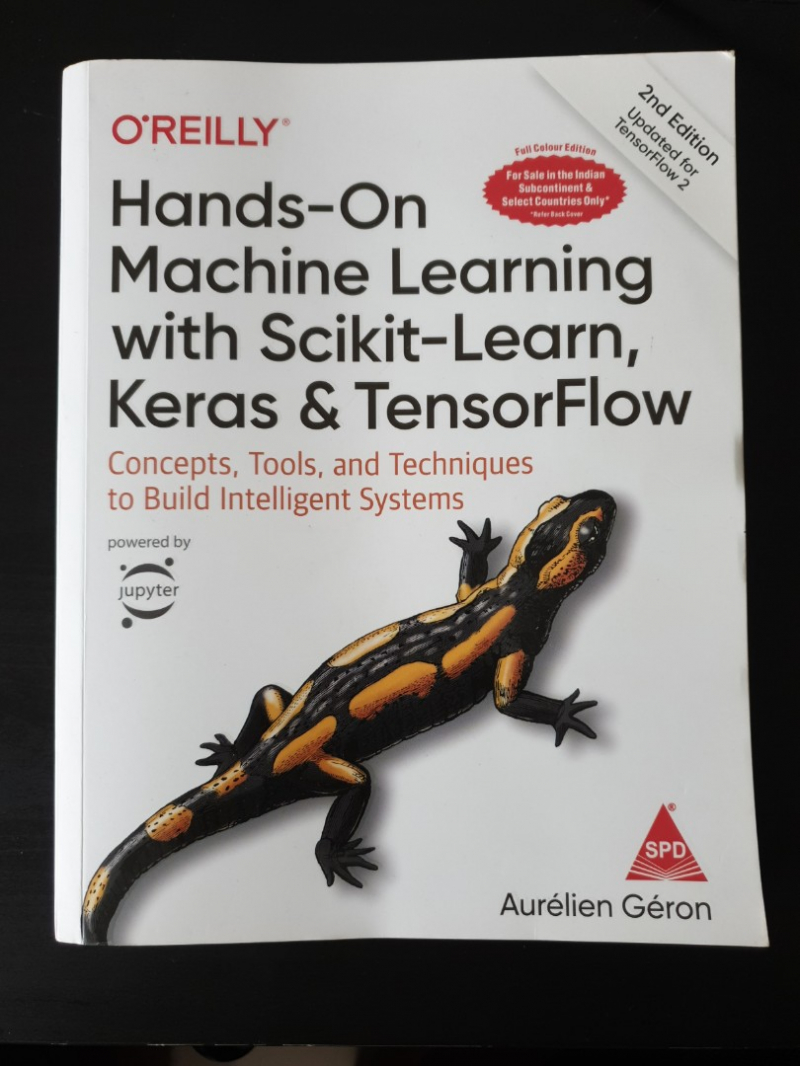
carousell.sg 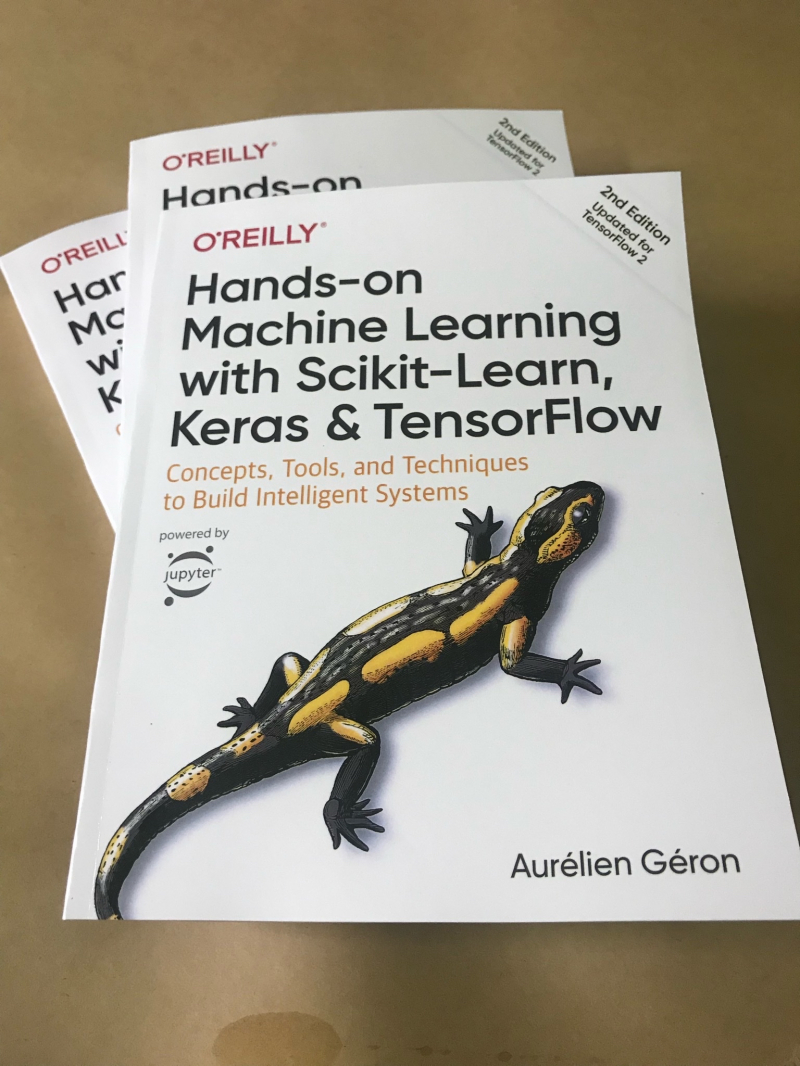
shopitbooks.com -
Charu C. Aggarwal works at the IBM T. J. Watson Research Center in Yorktown Heights, New York, as a Distinguished Research Staff Member (DRSM).
He has over 350 papers published in refereed conferences and publications, and he has applied for or been granted over 80 patents. He has written or edited 18 books, including data mining textbooks, machine learning (for text), recommender systems, and outlier analysis.
Neural Networks and Deep Learning covers both classical and recent deep learning models. The theory and methods of deep learning are the key focus. The theory and algorithms of neural networks are very crucial for comprehending important concepts, such as the important design concepts of neural architectures in many applications. Why do neural networks function? When are they superior than off-the-shelf machine-learning models? When does depth come in handy? Why is it so difficult to train neural networks? What are the dangers? The book also discusses several applications to provide the practitioner a sense of how neural networks are created for different types of issues. Applications in several fields are discussed, including recommender systems, machine translation, picture captioning, image classification, reinforcement-learning based games, and text analytics.
This book's chapters are divided into three categories:
- The fundamentals of neural networks: Many traditional machine learning methods are special examples of neural networks. The first two chapters focus on understanding the link between traditional machine learning and neural networks. Special examples of neural networks include support vector machines, linear/logistic regression, singular value decomposition, matrix factorization, and recommender systems. These methods are being investigated alongside newer feature engineering methods such as word2vec.
- Fundamentals of neural networks: Chapters 3 and 4 provide a full overview of training and regularization. Radial-basis function (RBF) networks and limited Boltzmann machines are discussed in Chapters 5 and 6.
- Advanced neural network topics: Chapters 7 and 8 cover recurrent neural networks and convolutional neural networks, respectively. In Chapters 9 and 10, advanced subjects such as deep reinforcement learning, neural Turing machines, Kohonen self-organizing maps, and generative adversarial networks are introduced.
Graduate students, researchers, and practitioners will find the book useful. A solution manual and numerous exercises are available to aid in classroom teaching. Wherever possible, an application-centric perspective is highlighted to provide an understanding of the actual applications of each class of techniques.
Author: Charu C. Aggarwal
Link to buy: https://www.amazon.com/Neural-Networks-Deep-Learning-Textbook/dp/3030068560
Ratings: 4.5 out of 5 stars (from 160 reviews)
Best Sellers Rank: #403,014 in Books
#29 in Computer Hardware Design
#33 in Microprocessor Design
#75 in Mainframes & Minicomputers (Books)
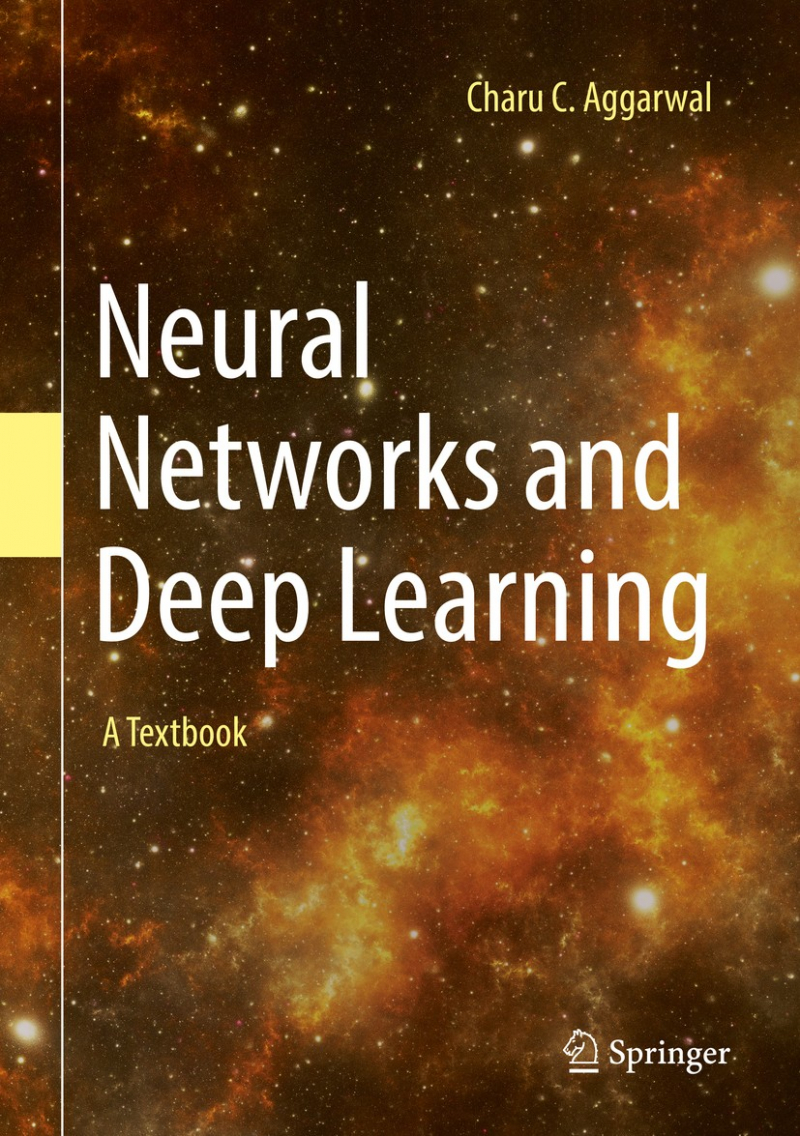
link.springer.com 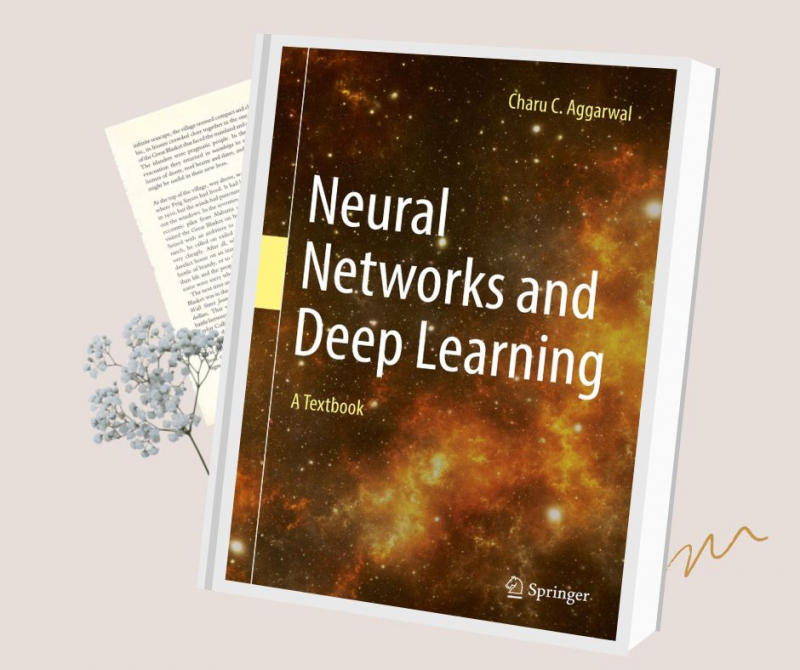
link.springer.com -
Mohamed Elgendy is the technical director at Synapse Technology, a premier AI firm that develops patented computer vision systems to detect threats at security checkpoints throughout the world. Mohamed formerly worked at Amazon as an engineering manager, where he created and taught the deep learning for computer vision course at Amazon's Machine Learning University.
How does a computer learn to recognize what it sees? Deep Learning for Vision Systems provides an answer to this question by using deep learning to computer vision. This book explains the fundamentals of visual intuition using only high school algebra. You will learn how to construct vision system apps for picture production and facial identification using deep learning architectures.
Many cutting-edge developments rely on computer vision, including self-driving cars, drones, augmented reality, facial recognition, and much more. Every day, amazing new computer vision applications are created as a result of rapid breakthroughs in AI and deep learning (DL). Deep Learning for Vision Systems teaches you the principles and methods needed to create intelligent, scalable computer vision systems that can recognize and react to objects in photos, videos, and real-world scenarios. With expert guidance and illustrations of real-world projects from author Mohamed Elgendy, you'll finally grasp cutting-edge deep learning techniques, allowing you to build, contribute to, and lead in the exciting field of computer vision!
Author: Mohamed Elgendy
Link to buy: https://www.amazon.com/Learning-Vision-Systems-Mohamed-Elgendy/dp/1617296198/
Ratings: 4.8 out of 5 stars (from 51 reviews)
Best Sellers Rank: #143,965 in Books
#27 in Computer Vision & Pattern Recognition
#48 in Computer Neural Networks
#54 in Artificial Intelligence (Books)
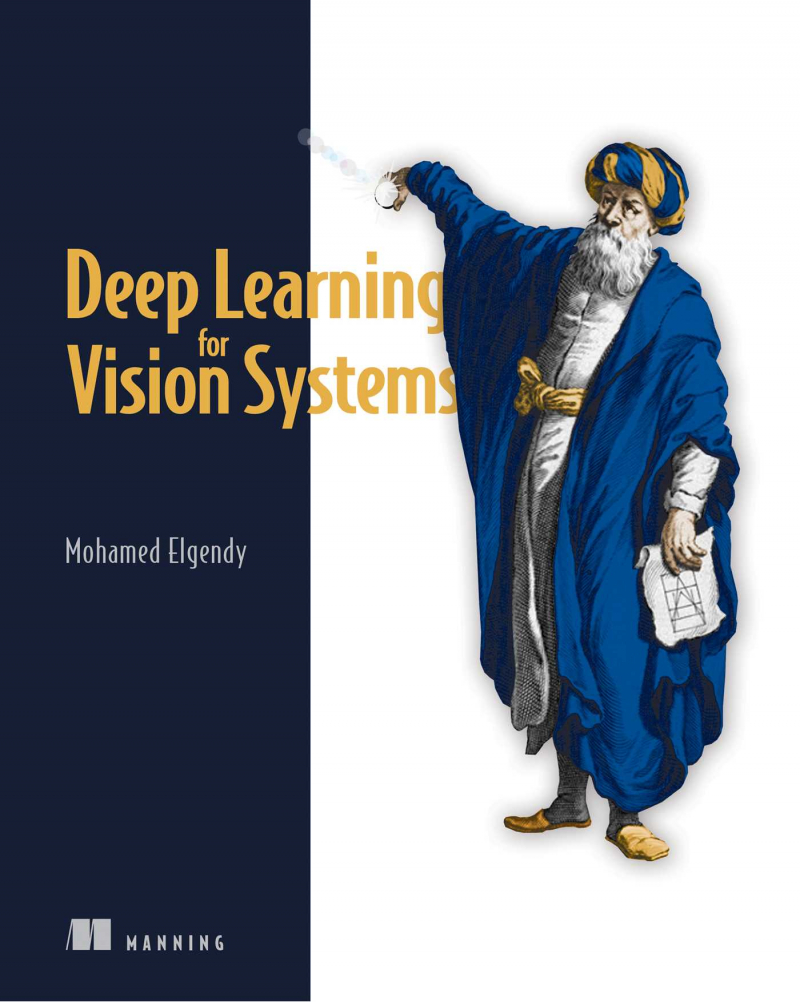
goodreads.com 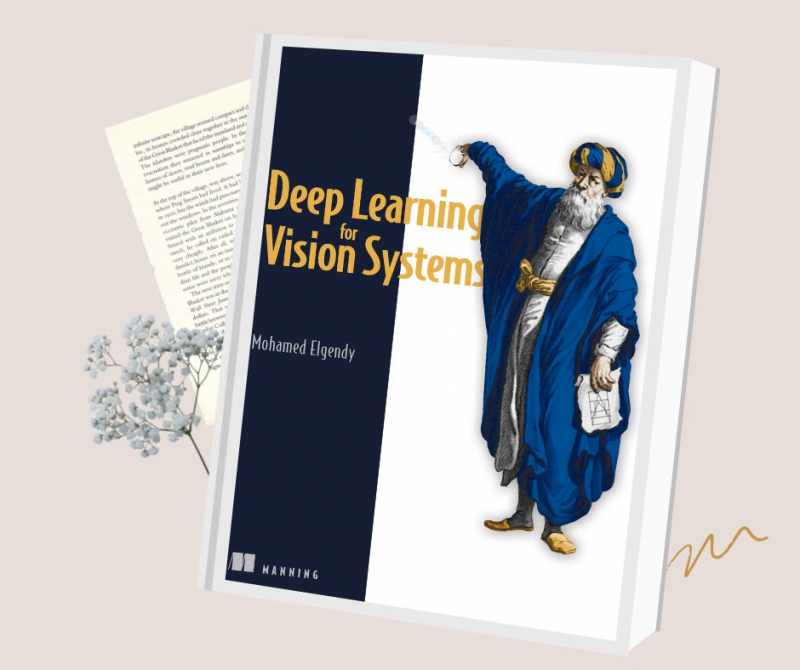
manning.com -
Patterson Consulting, a solution integrator at the convergence of big data and applied machine learning, is led by Josh Patterson. In this job, he contributes to Fortune 500 initiatives his unique perspective based on a decade of big data knowledge and broad deep learning experience.
Adam Gibson is a deep learning specialist based in San Francisco who creates machine learning projects for Fortune 500 corporations, hedge funds, public relations agencies, and startup accelerators. Adam has a proven track record of assisting businesses in handling and interpreting large amounts of real-time data.
Although there is a lot of interest in machine learning, unrealistic expectations often kill initiatives before they ever get started. How might machine learning, particularly deep neural networks, help your organization? Among the best books on deep learning, Deep Learning: A Practitioner's Approach not only contains the most practical information on the subject, but it also assists you in getting started with developing efficient deep learning networks.
Before providing their open-source Deeplearning4j (DL4J) toolkit for constructing production-class workflows, authors Adam Gibson and Josh Patterson provide theory on deep learning. You'll cover methods and tactics for training deep network architectures and performing deep learning workflows on Spark and Hadoop with DL4J using real-world applications.
- Dive into general machine learning principles as well as deep learning in particular.
- Discover how deep networks evolved from neural network basics.
- Investigate the key deep network architectures, such as Convolutional and Recurrent.
- Learn how to apply specific deep networks to the appropriate situation.
- Take a look at the basics of adjusting general neural networks and specialized deep network topologies.
- Use DataVec, DL4J's workflow tool, to apply vectorization algorithms to various data formats.
- Learn how to use DL4J on Spark and Hadoop natively.
Author: Josh Patterson and Adam Gibson
Link to buy: https://www.amazon.com/dp/1491914254
Ratings: 4.2 out of 5 stars (from 70 reviews)
Best Sellers Rank: #804,585 in Books
#458 in Data Mining (Books)
#487 in Data Modeling & Design (Books)
#616 in Database Storage & Design
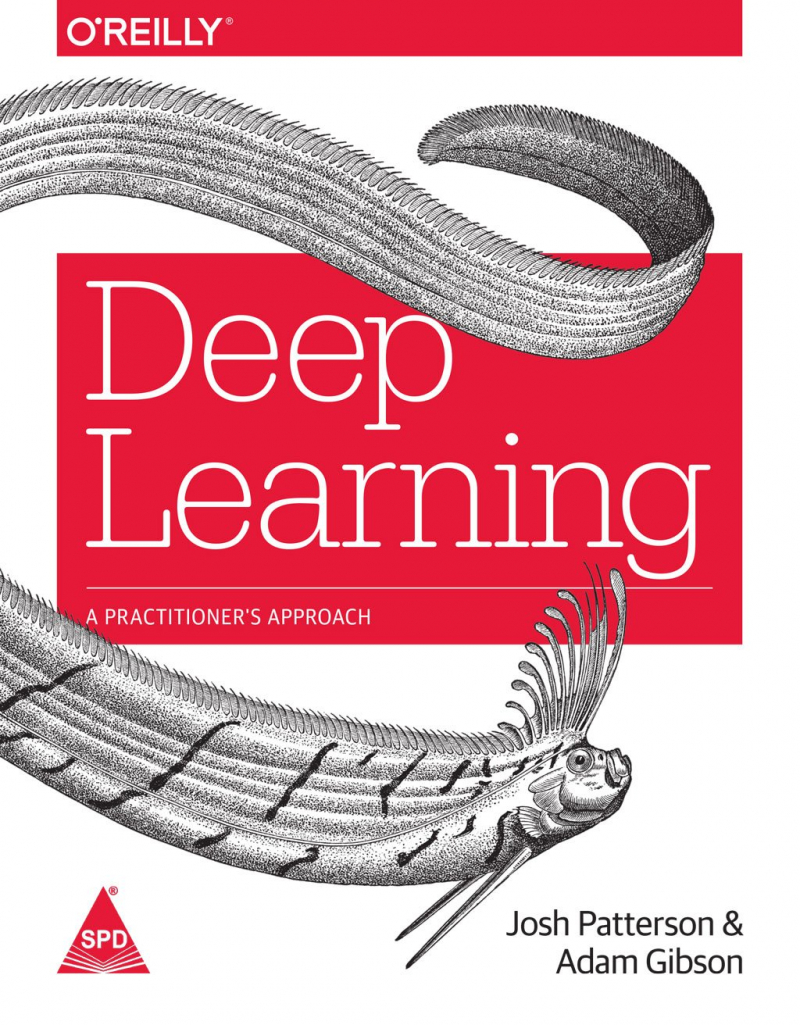
amazon.in 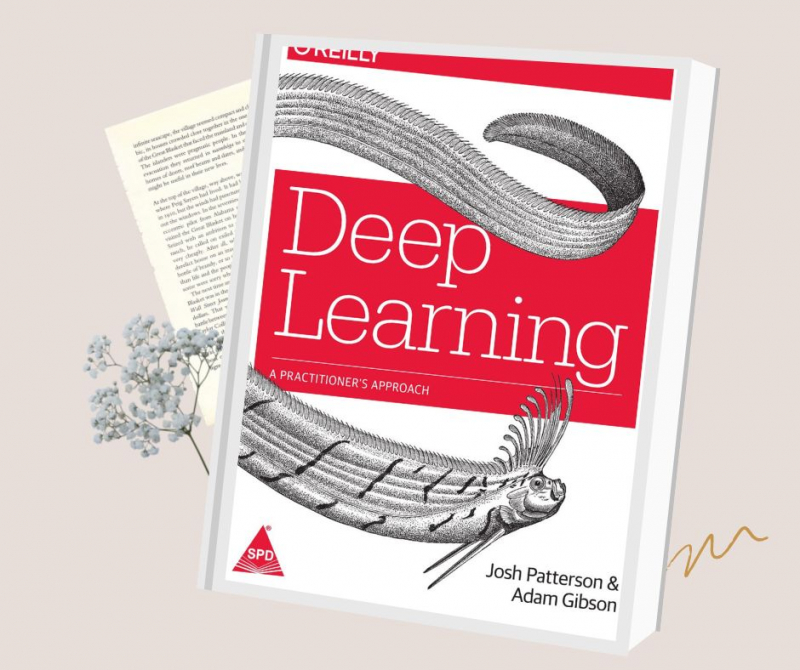
amazon.in -
Seth Weidman is a data scientist who has spent years applying and teaching machine learning principles. He began his career as Trunk Club's first data scientist, where he constructed lead scoring models and recommender systems, and now works at Facebook, where he produces machine learning models for their infrastructure team.
Deep learning has become vital for machine learning practitioners and even many software engineers since the resurrection of neural networks in the 2010s. Deep Learning from Scratch gives a thorough introduction to machine learning for data scientists and software engineers with prior experience. You'll begin with fundamentals and go fast to the intricacies of crucial advanced designs, implementing everything from the ground up along the way.
Author Seth Weidman explains how neural networks work from the ground up. From the ground up, you'll learn how to use multilayer neural networks, convolutional neural networks, and recurrent neural networks. You'll be well-prepared for future deep learning projects if you have a solid understanding of how neural networks work mathematically, computationally, and conceptually.
Deep Learning from Scratch includes:
- Extremely clear and detailed mental models for comprehending neural networks, complemented by working code samples and mathematical explanations.
- Methods for building multilayer neural networks from the ground up using a simple object-oriented framework.
- Convolutional and recurrent neural networks have working implementations and good descriptions.
- The popular PyTorch framework is used to implement these neural network features.
Author: Seth Weidman
Link to buy: https://www.amazon.com/dp/1492041416
Ratings: 4.3 out of 5 stars (from 76 reviews)
Best Sellers Rank: #392,792 in Books
#111 in Machine Theory (Books)
#123 in Computer Neural Networks
#161 in Artificial Intelligence (Books)
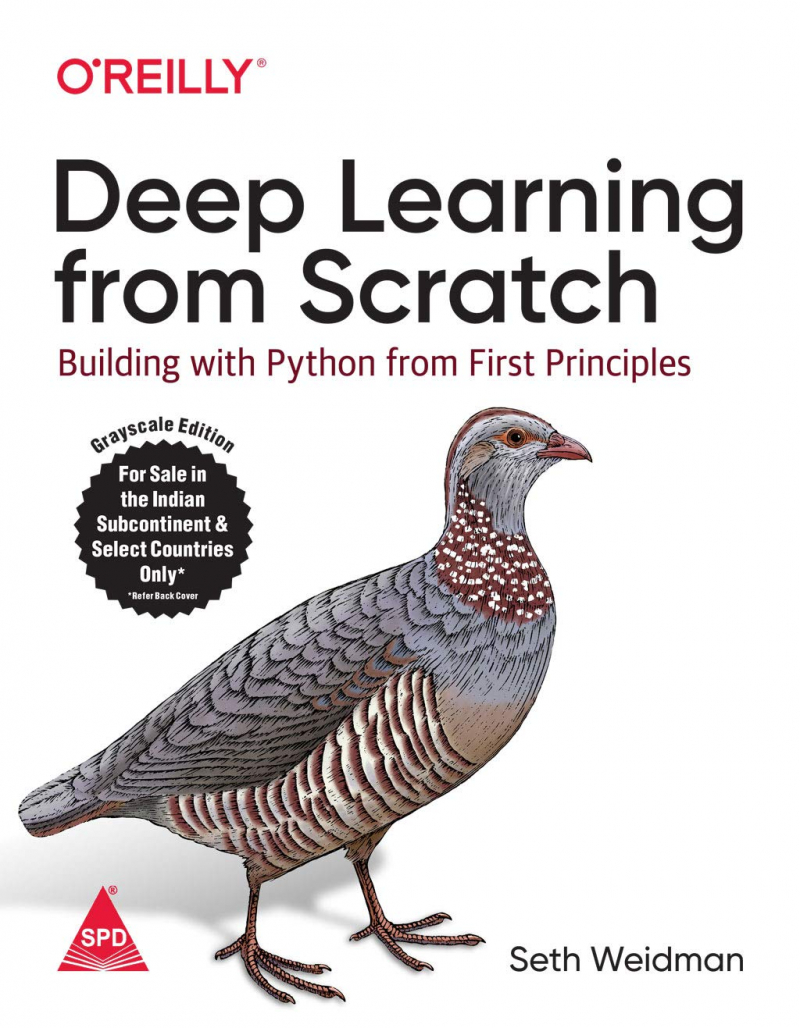
amazon.in 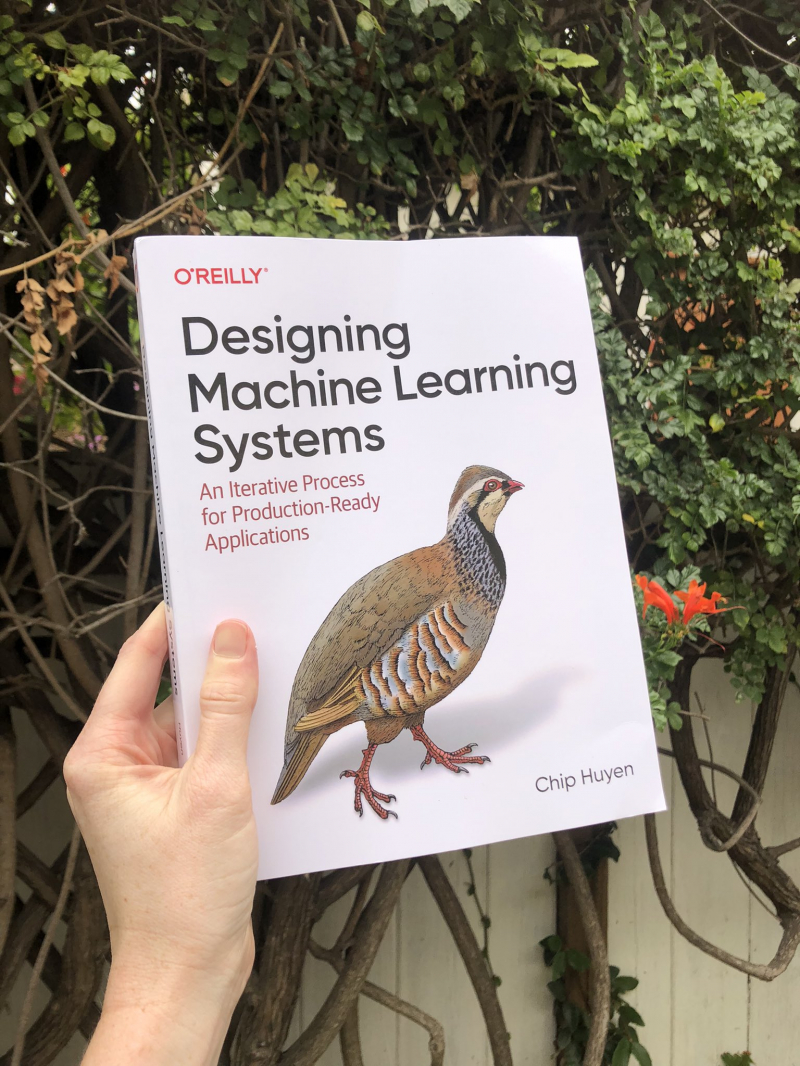
mobile.twitter.com - Extremely clear and detailed mental models for comprehending neural networks, complemented by working code samples and mathematical explanations.
-
Sudharsan Ravichandiran is a data scientist, researcher, AI enthusiast, and YouTuber (search for "Sudharsan reinforcement learning"). He earned his Bachelor of Science in Information Technology from Anna University. His research focuses on practical deep learning and reinforcement learning applications, including Natural Language Processing and computer vision.
Deep learning is a prominent subject in the AI space since it allows you to create multi-layered models of varied sophistication.
Hands-On Deep Learning Algorithms with Python introduces you to common deep learning methods, ranging from basic to complex, and shows you how to build them from the ground up with TensorFlow. Throughout the book, you will acquire insights into each algorithm, the mathematical principles underlying it, and the best way to execute it.
The book begins by describing how to create your own neural networks, then moves on to TensorFlow, a powerful Python-based library for machine learning and deep learning. You will next become acquainted with gradient descent variations such as NAG, AMSGrad, AdaDelta, Adam, and Nadam. The book will then teach you about RNNs and LSTM, as well as how to generate song lyrics using RNN. Following that, you will grasp the mathematics for convolutional and capsule networks, which are extensively employed for image recognition applications. Then you'll learn how to use CBOW, skip-gram, and PV-DM to teach machines how to understand the semantics of words and texts. Following that, you will investigate several GANs, such as InfoGAN and LSGAN, as well as autoencoders, such as contractive autoencoders and VAE.
By the end of Hands-On Deep Learning Algorithms with Python, you will have acquired all of the knowledge required to utilize deep learning in your own projects. The book is regarded as one of the best books on deep learning.
What you will discover:
- Implement fundamental to advanced deep learning algorithms
- Understand the mathematics underlying deep learning algorithms.
- Learn about gradient descent and its variants, including AMSGrad, AdaDelta, Adam, and Nadam.
- Use recurrent networks like RNN, LSTM, GRU, and seq2seq models.
- Learn how CNN and capsule networks are used to understand photos by machines.
- Use several generative adversarial networks, such as CGAN, CycleGAN, and StackGAN.
- Investigate other types of autoencoders, such as sparse autoencoders, DAE, CAE, and VAE.
This book is for you whether you are a machine learning engineer, data scientist, AI developer, or simply wish to focus on neural networks and deep learning. Those who are new to deep learning but have some familiarity with machine learning and Python programming may also benefit greatly from the book.
Author: Sudharsan Ravichandiran
Link to buy: https://www.amazon.com/dp/1789344158
Ratings: 4.1 out of 5 stars (from 62 reviews)
Best Sellers Rank: #1,125,989 in Books
#244 in Bioinformatics (Books)
#10,439 in Computer Science (Books)
#15,300 in Science & Mathematics
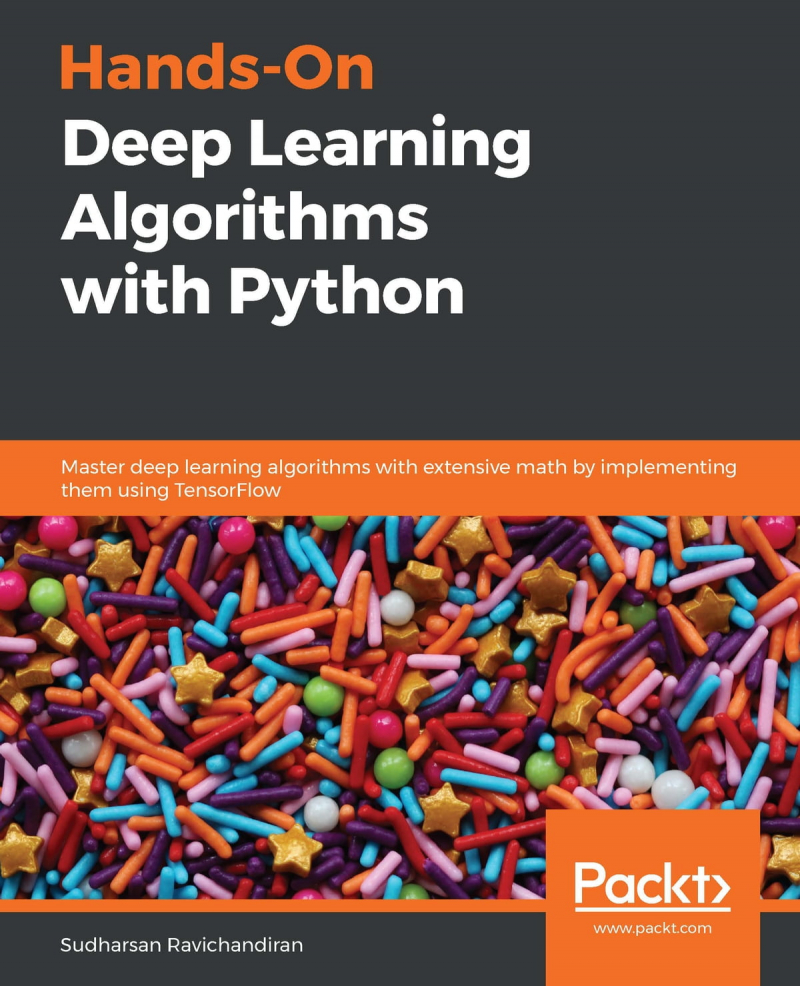
kobo.com 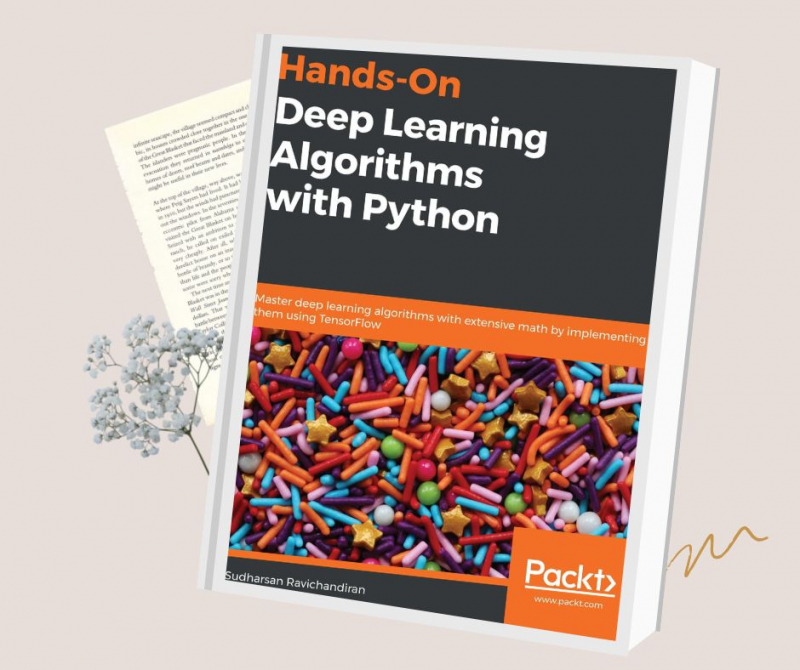
kobo.com -
Andrew Trask is a PhD student at Oxford University who is supported by the Oxford-DeepMind Graduate Scholarship. He studies Deep Learning approaches with a focus on human language. Andrew previously worked at Digital Reasoning as a researcher and analytics product manager, where he trained the world's largest artificial neural network with over 160 billion parameters and helped guide the analytics roadmap for the Synthesys cognitive computing platform, which tackles some of the most complex analysis tasks in the government intelligence, finance, and healthcare industries.
Deep learning, an artificial intelligence branch, trains computers to learn by utilizing neural networks, a technology inspired by the human brain. Deep learning enables fascinating current breakthroughs like as online text translation, self-driving cars, personalized product suggestions, and virtual voice assistants.
Among the best books on deep learning, Grokking Deep Learning shows you how to create deep learning neural networks from the ground up! Andrew Trask, a seasoned deep learning expert, gives you the science behind the scenes in his engaging way, so you can understand every element of training neural networks for yourself. You'll train your own neural networks to perceive and interpret images, translate text into multiple languages, and even write like Shakespeare using only Python and its math-supporting module, NumPy. When you're through, you'll be completely prepared to understand deep learning frameworks.
What's on the inside?
- Deep learning and its science
- Create and train your own neural networks
- Concepts of privacy, including federated learning
- Tips for Continuing Your Deep Learning Journey
Author: Andrew Trask
Link to buy: https://www.amazon.com/dp/1617293709
Ratings: 4.4 out of 5 stars (from 130 reviews)
Best Sellers Rank: #106,521 in Books
#25 in Computer Algorithms
#35 in Computer Neural Networks
#53 in Programming Algorithms
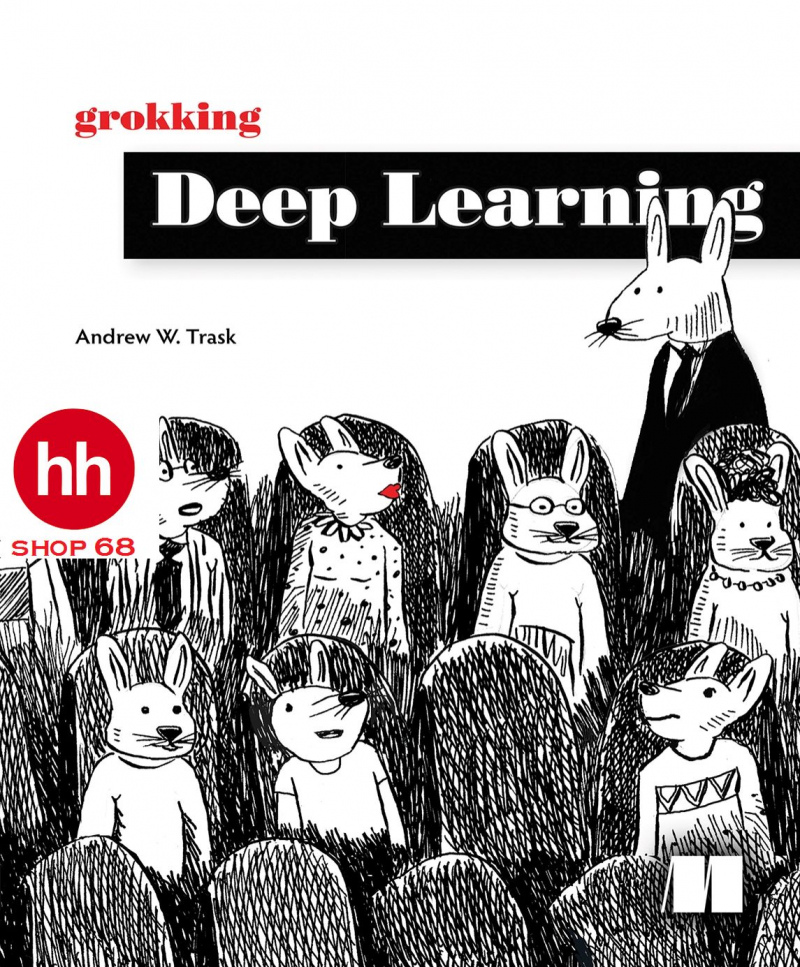
lazada.vn 
lazada.vn -
Jeremy Howard is a business owner, entrepreneur, developer, and instructor. Jeremy is a co-founder of fast.ai, a research organization devoted to making deep learning more accessible. He is also a Distinguished Research Scientist at the University of San Francisco, a faculty member of Singularity University, and a World Economic Forum Young Global Leader.
Sylvain is a fast.ai Research Scientist that focuses on making deep learning more accessible by creating and improving strategies that allow models to train quickly on constrained resources.
Deep learning is frequently regarded as the exclusive domain of math PhDs and large tech corporations. However, as Deep Learning for Coders with Fastai and PyTorch reveals, Python programmers may produce excellent deep learning results with little math knowledge, small quantities of data, and minimum code. How? Fastai is the first library to give a consistent interface to the most popular deep learning applications.
The inventors of fastai, Jeremy Howard and Sylvain Gugger, teach you how to train a model on a variety of tasks using fastai and PyTorch. You'll also delve further and deeper into deep learning theory to acquire a thorough knowledge of the algorithms at work.
- Models in computer vision, natural language processing, tabular data, and collaborative filtering should be trained.
- Discover the most recent deep learning techniques that are most relevant in practice.
- Understanding how deep learning models function can help you improve accuracy, speed, and dependability.
- Learn how to convert your models into web applications.
- Implement deep learning algorithms from scratch
- Consider the ethical implications of your work
- Gain insight from the foreword by PyTorch cofounder Soumith Chintala.
Author: Jeremy Howard and Sylvain Gugger
Link to buy: https://www.amazon.com/dp/1492045527
Ratings: 4.8 out of 5 stars (from 403 reviews)
Best Sellers Rank: #87,497 in Books
#22 in Machine Theory (Books)
#24 in Computer Neural Networks
#31 in Computer Graphics
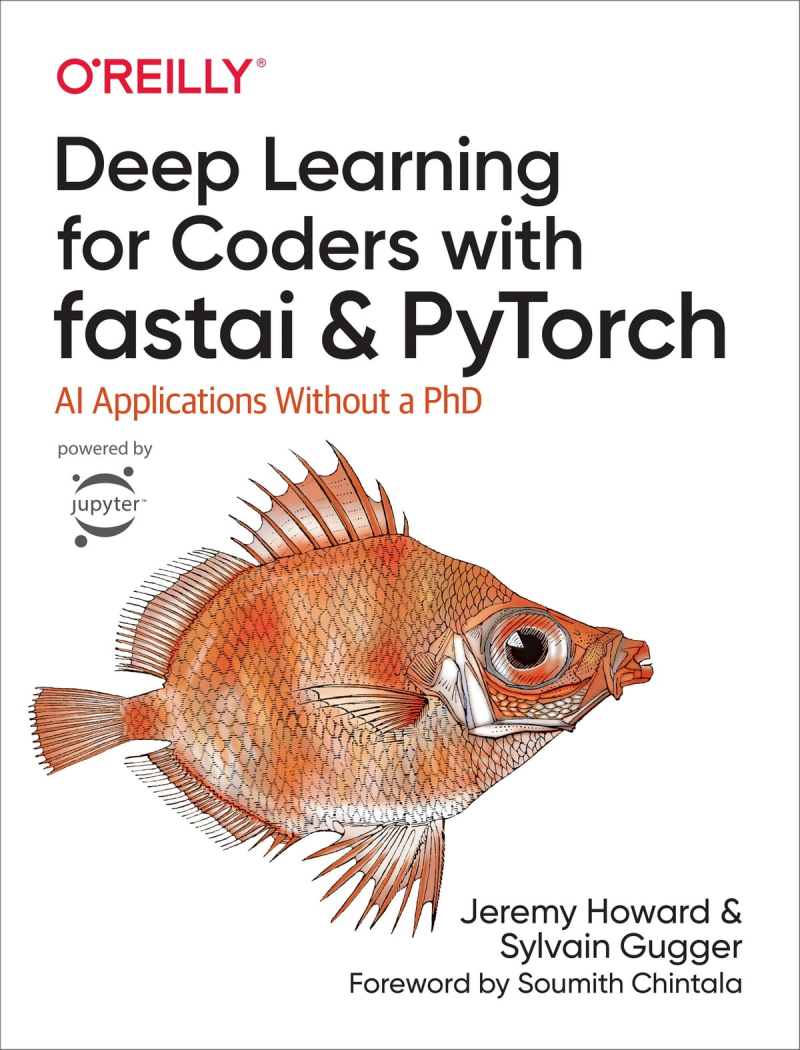
kobo.com 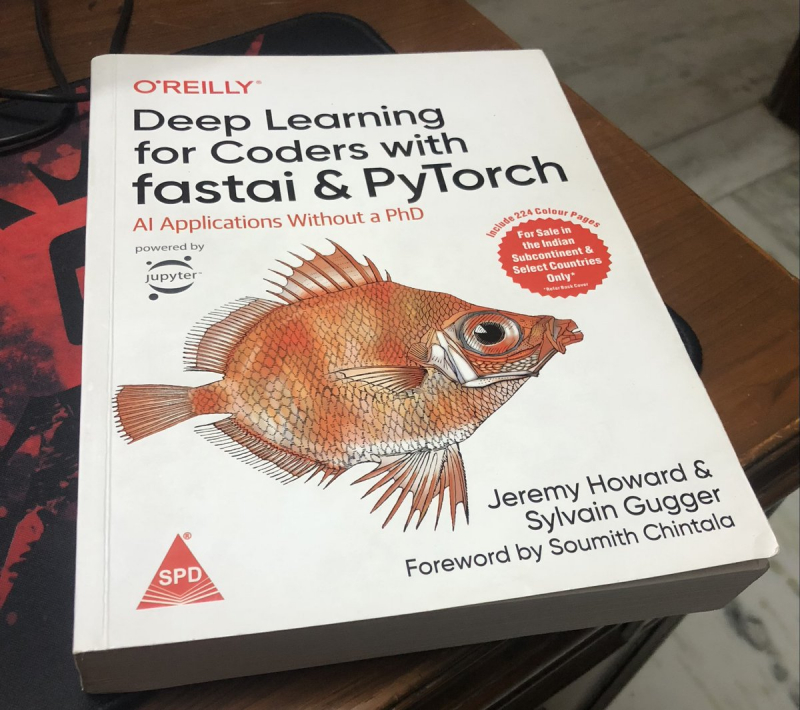
mobile.twitter.com













